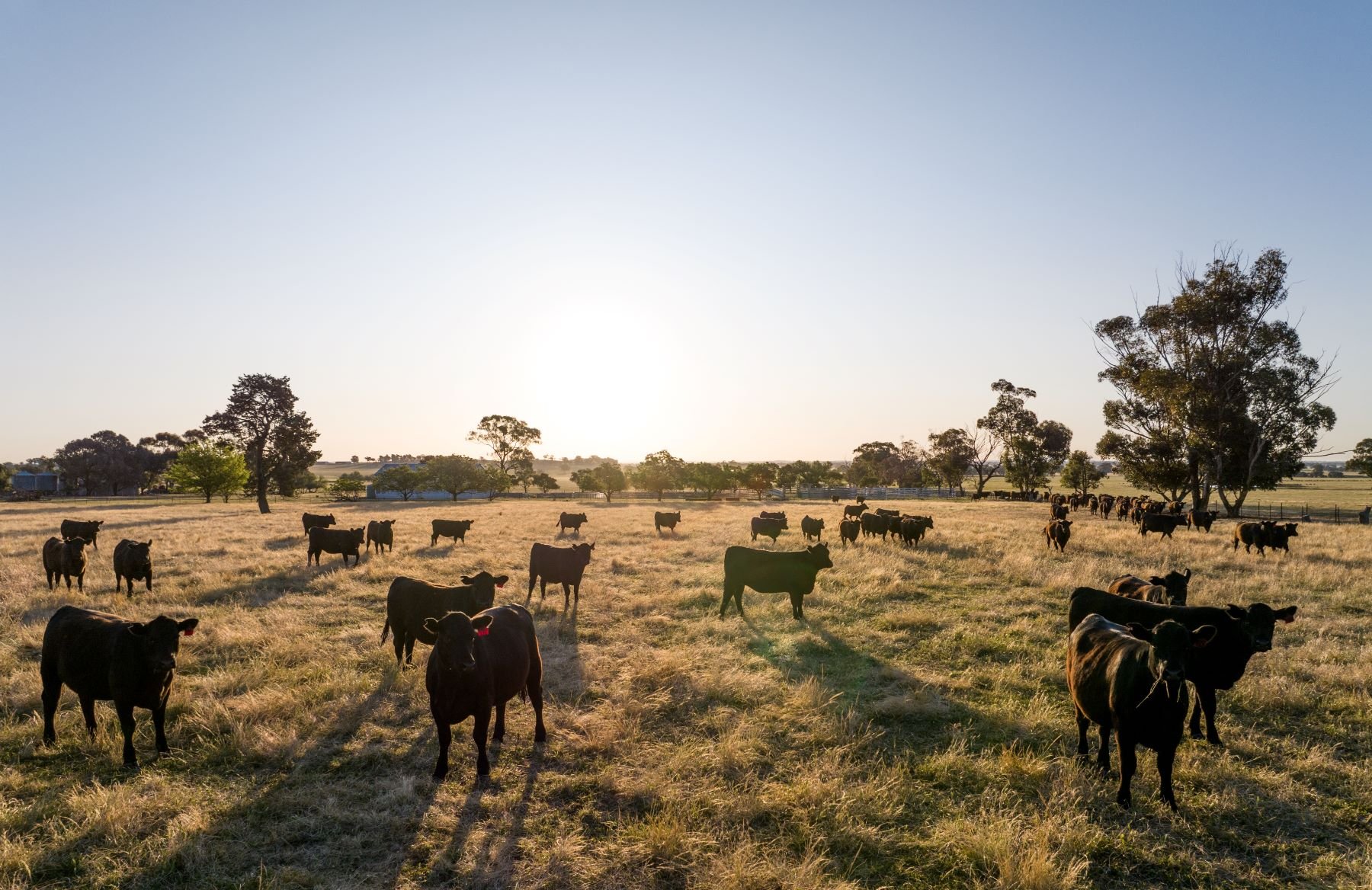China springs new year trade barrier
We are less than two weeks into 2026, but already the beef industry has faced a multitude of events which will continue to impact markets...
2 min read
 Natasha Lobban
:
Jul 24, 2024
Natasha Lobban
:
Jul 24, 2024

A new global market update from Meat & Livestock Australia (MLA) reports that Australia’s market share in Japan and Korea is continuing to lift as the US emerges as the number one export destination for beef. Meanwhile, it also reports that all eyes should be on China’s economic performance, which could put pressure on international beef supply if it continues to decline.
Overall MLA’s latest Global Beef Market Update showed that the outlook for Australian beef in the global market remained strong.
MLA’s Global Supply Analyst, Tim Jackson, said that overseas supply dynamics have a strong impact on the Australian beef industry.
“Australia exported over 70% of beef production in 2023. Although a small part of global production, Australia is a major player in export markets,” Mr Jackson said.
“So far in 2024, the US has emerged as the largest market for Australian beef.
“A long running destock in the US has driven American production down. This has boosted demand for Australian beef in the US itself, but also in Japan and South Korea, where the US competes with Australia for imported share.”
The GBMU was developed to provide a clear picture of the global market in an accessible format. The report includes information about beef production and trade from the major beef exporting countries, as well as analysis of the global economy, weather and input prices.
Mr Jackson noted that the outlook for Australian exports was strong according to the report.
“Alongside the decline in US production, South American slaughter has been very high as drought conditions persist in key cattle producing regions. As conditions normalise, production is likely to decline, further reducing the global supply of beef,” Mr Jackson said.
“Despite low consumer confidence, unemployment remains low in most advanced countries, and inflation has been falling in most of our export markets. At the same time, a weak Australian dollar has made Australian beef more competitive on the global market.”
A key consideration for the rest of the year is the economic performance of China.
China is the world’s largest beef importer and second largest economy. It has seen a slowdown in key economic indicators, as well as below-trend consumer sentiment since mid-2022.
This has impacted import pricing and has markedly slowed import volume growth. According to the report, if export volumes into China begin to materially decline, it would accelerate the diversification of South American exports further and likely put considerable pressure on global cattle supply.
Both Australian exports of grassfed beef and grainfed beef grew so far this year, but grassfed exports grew substantially more.
Grainfed exports increased by 7% from Q1 2023 to 115,834 tonnes carcase weight equivalent (cwe), while grassfed exports grew by 29% to 263,546 tonnes.
In general, grainfed export volumes are considerably less variable compared to total production, while grassfed exports, which are relatively more exposed to variance in the cattle cycle, would be expected to increase more as production increases.
“On the whole, the global picture looks strong for Australian beef. With production set to rise, lower supply from our competitors will boost demand for the remainder of the year,” Mr Jackson said.
.png)
We are less than two weeks into 2026, but already the beef industry has faced a multitude of events which will continue to impact markets...
.png)
With southern weaner sales in full swing this week, the results of these provide a very timely, useful and broadly reflective barometer of where the...
.jpg)
The Chrome Sheep Stud’s Summer Ram Sale has delivered a strong start to the year, recording 98% clearance and the stud’s best January average...